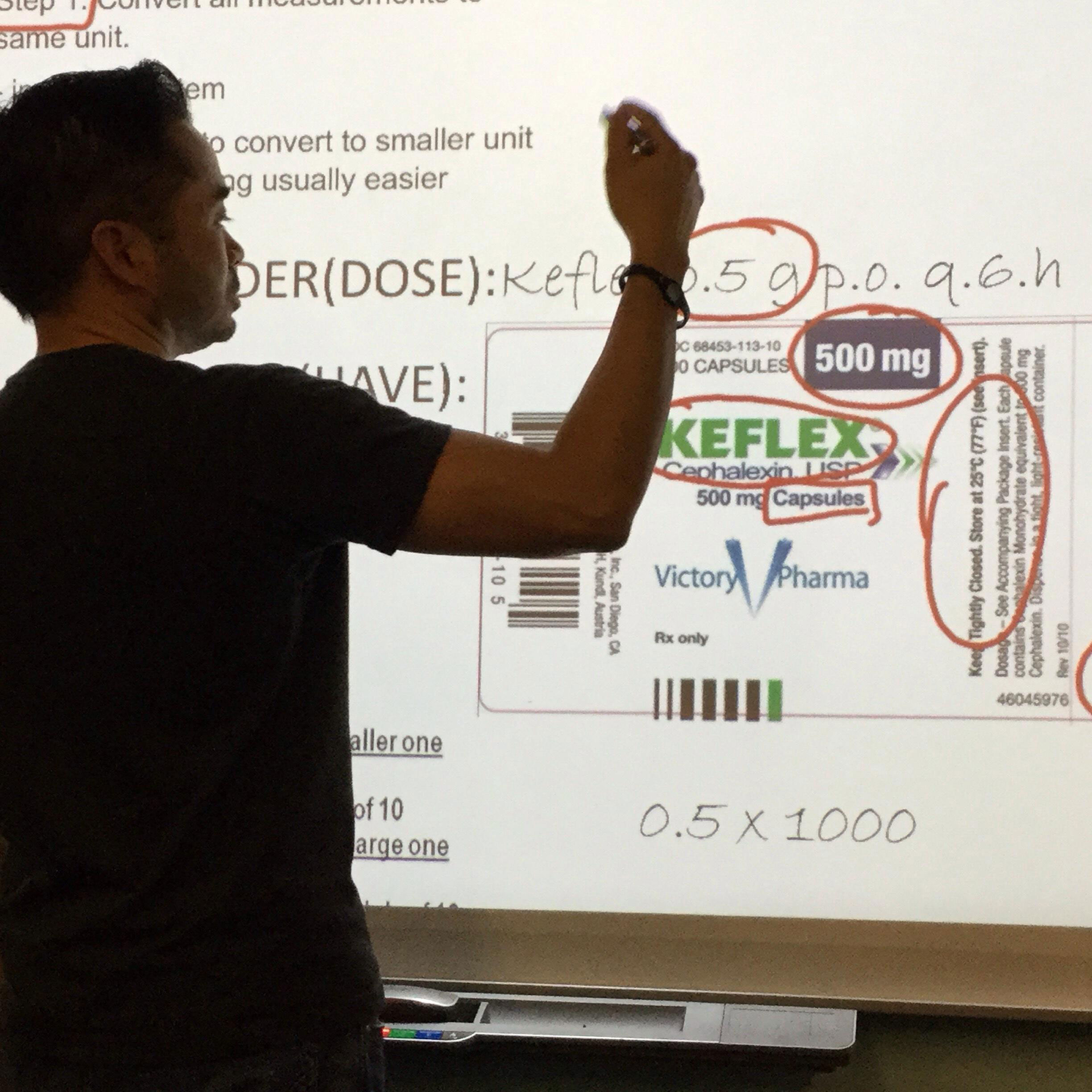Normally a persons inspiration for a groundbreaking idea appears out of thin air; they often take years to develop and sadly, due to lack of planning, could evaporate in seconds . Any good idea could mature into a dream, but executing any concept without a plan will morph into a nightmare. This article titled An Entrepreneur’s Guide to Packaging and Design is just the first step. Read it over think about it and give us a call to answer any other questions
Create a Prototype
Finding someone to make your prototypes will be an arduous undertaking in itself. Start with a non disclosure agreement to protect your idea. Unless you have contacts in the field you’re working in, the internet will be your best friend. Depending on its complexity, you may have to start with an industrial designer. They should be able to produce a prototype for you or point you in the direction of a manufacturer. Again, depending on the product, a manufacturer may have someone on staff to produce your prototype. Your ultimate goal here is to have an actual product to build the box around. Look at your box as a product in itself. Your box is half of your products appeal.
The Purpose of your box.
Your second step involves determining the type of packaging that your product requires. When establishing the answer to this crucial step, all things from the security of the product to the shipping must be considered. Will the package be a box, blister card or could just a label be sufficient? What will you need to hold the product in place? How strong does the package have to be to protect the product. If it’s a food product, do you have to use special Soy based inks? If it’s refrigerated, will you need to have a special coating on the package so that it is moisture resistant? Will your product be palatalized or sent in master cartons? What are the security issues with your current preferred packaging? Will you need a package that is hard to pilfer? All of these aspects must be thoroughly investigated and scrutinized prior to the design process, a series of actions that could lead to the rise or fall of your product. Most graphic designers are not packaging engineers. Often the package engineer works for the manufacturing company or printing company. Your best option is to have your designer conceptualize the package shape using the mock up you developed or hand it off to the engineer to develop a mock-up of the box. From that point, the engineer will generate a die line which the designer will use to set up his graphics. The die line indicates where the package will be cut trimmed, scored, and possibly glued. This essential step must not be skipped. If the package is some how designed before the creation of a die-line, all of those proposed visuals have to be re-adjusted to fit the die-line costing you much more money in the design process.
Pull all of your content together
Start by amassing the elements for your package and design – Collating the correct copy and necessary warnings, bar-codes, or government/law mandated items and facts that must be brought to light. Don’t leave this up to the designer. Certain written items may change in the future, but the amount of and the basic copy must be decided. Devising an impactive design is similar to solving a jigsaw puzzle, but a jigsaw puzzle with ever changing pieces could equate to a budget getting way out of control – thus, knowing the content required is vital to the design.
During this extensive operation of copy assembly and placement, keep in mind ‘less is more’ in regards to the front of a package. The ‘story’ of the product must be told in such a way that it will entice the customer enough to pick it up and inspect it. The ‘story’ is simply a crystal clear clarification of what your product is in an effortless and straight forward statement. A tried and true method that works exceptionally well is the placement of the products “3 major reasons” to be bought. Don’t forget, a customer is walking up to the section of the store where your product is located from quite a distance. Because of this, the ‘story’ should appear as large and clear as possible on the front of the box. Your first goal is to get someone to pick up the box and take a closer look. Keep the front clean, putting the mass of the content, or all the small details, on the back sides and top.
Packaging Intelligence Gathering
Sun Tzu, an ancient Chinese military general, strategist, and philosopher, greatly stressed the significance and weight of knowing your opposition before attempting to compete with them. This astute wisdom could be the deciding factor regarding the success of your product. When it comes right down to it, your goal is to come up with something that will stand out above your competitors. Essentially becoming a conductor of your very own one-man graphics orchestra, you must guide your designer down the path of graphical victory – and a phenomenal method for the realization of this fortune is the compilation of your toughest competitor’s packaging and advertising.
How good is good? How bad is too good?
The next decision that must be made is concerning the atmosphere, feel, and presentation of the product. Making the product look its best is of the utmost importance. If the package is a blister card or a box with a window, a photo or an illustration is probably unneeded. But, chances are you will need to show some in use shots with photography or illustrations to tell the ‘story’ of your product. (Be prepared, product shots are nearly always affiliated with some sort of retouching.) If big impact is the quality that is being focused on, a 3-d glamor shot is the way to go. The more intricate and intensive the work, the costlier the design will grow – thorough speculation of the opportunity cost of any ‘prettier’ design must be considered. Small fortune can be spent on making your package the best but there are times the investment doesn’t warrant the expense. I’ve seen customers change the basic color scheme from orange to green to blue, wracking up design time. You can add foils, embossing, dull and gloss varnish — but it all boils down to ROI, or return on investment. No one can say it will sell any more product.
Proofread Carefully
The key word in real estate is location, location, location. The key word in packaging is proofread, proofread, proofread. Generally, a designer will copy and paste any type they are given – in attempts to respect an approaching deadline or estimate restriction, not taking time out of the ever valuable budget to read and review all of the copy mistakes can happen. They do take into account and examine items like color size, negative space etc, fixing any error or needed adjustment they happen to see, but every character of every word has a potential to be wrong in some way. Check and double check all work. At the end of the day, the ultimate sign off and responsibility belongs to you alone. Minor mistakes can result in massive costs.
Abiding by these steps will help any invention emerge from the mind of any aspiring innovator to a store shelf with half the stress and twice the profit. Some people make things happen, some watch things happen, while others wonder what has happened – make sure to be the one to make it.








